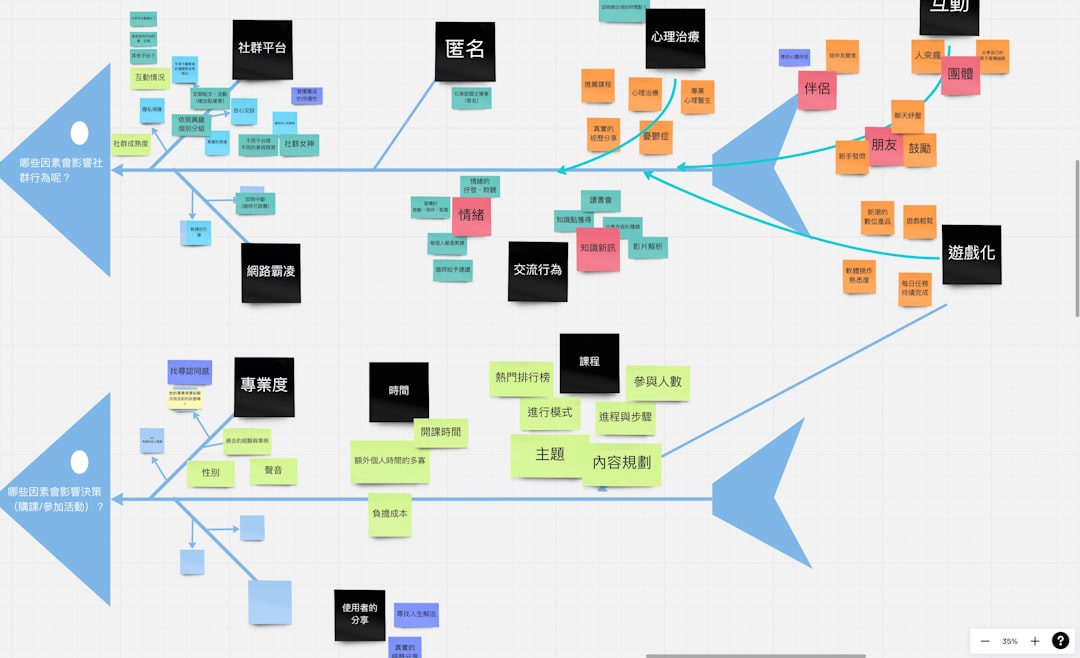
SEO professionals are constantly seeking tools to elevate their content strategy, boost rankings, and optimize webpages for modern-day algorithms. Among the growing list of tools available, the Ben Stace SEO tool has started to gain attention for its unique focus on semantic outlines, entity optimization, and enhanced on-page SEO alignment. Whether you’re a digital marketer, content creator, or SEO expert, understanding how Ben Stace’s tool works could be a significant step toward unlocking deeper SEO insights and delivering data-enriched content.
What is the Ben Stace SEO Tool?
At its core, the Ben Stace SEO tool is a content and SEO optimization platform that assists users in structuring their web content semantically using AI and Natural Language Processing techniques. It does much more than suggest keywords—it dives into how to structure your content logically according to how search engines interpret language, context, and meaning today.
Not only does it generate semantic outlines, but it also integrates topical entities and offers on-page SEO enhancements, helping to close the gap between what search engines expect and what your content delivers.
Semantic Outlines: Structuring Content for Intent
One of the standout features of the Ben Stace tool is its ability to generate intelligent, AI-driven semantic outlines. While traditional outlines might follow a basic intro-body-conclusion format, semantic outlines are built upon topics, subtopics, search intent, and user expectations.
This feature helps users:
- Identify LSI (Latent Semantic Indexing) keywords relevant to core topics
- Organize topics according to user intent (informational, transactional, navigational)
- Create headers that are optimized not just for structure but semantic density
The semantic outline tool also includes suggestions for FAQ sections, structured schemas, and opportunities where content could be better contextualized.

Entity Optimization: Building Deep Relevance
The SEO landscape today rewards topical authority, and that authority comes from more than keyword placement—it comes from deeply relevant, entity-rich content. Ben Stace’s tool uses advanced algorithms to detect and suggest critical entities associated with your main topic.
An “entity” in SEO terms refers to a named object—person, place, concept, organization—that search engines understand independently. For example, if your article is about “machine learning,” associated entities might include “neural networks,” “data modeling,” “Elon Musk,” or “OpenAI.”
The Ben Stace tool surfaces these entities and evaluates whether:
- They are naturally integrated into your content
- The relationships between these entities are clear
- Your article is considered comprehensive in covering the topic
The result is a piece of content that is not only informative but contextually rich, making it more favorable in algorithms that favor depth and authority.
On-Page SEO Enhancements
A lot of SEO tools on the market offer surface-level suggestions like keyword usage or alt-text presence. Ben Stace differentiates itself by focusing on holistic on-page boosts derived from semantic data and user behavior patterns.
Some noteworthy on-page features include:
- Entity saturation score: Measures how thoroughly relevant entities are covered
- Contextual header suggestions: Makes sure your H2s and H3s support your primary theme
- Content readability meter: Factors in logical flow, semantic clarity, and technical accuracy
- Internal linking recommendations: Based on related entities and supporting topics
This results in finely tuned content with a clear focus, both for users and for crawlers, enhancing overall visibility and engagement on the page.
User Interface and Usability
From a usability standpoint, the interface is streamlined and clean. You can start by entering your main topic or keyword, and the software displays a visual content map that expands into semantically grouped topic clusters.

Sidebar menus guide you through outline generation, entity association, and optimization tasks. Tooltips and real-time analytics make the process straightforward for both seasoned professionals and newcomers. One of the highlights is a live preview pane that shows content edits in real-time, sorted by pages, headers, or structured data elements.
Data-Driven Recommendations
The core of what makes this tool exceptional lies in its backing by data science. Recommendations for optimization aren’t generic—they’re built on competitor analysis, SERP snippets, and Google Knowledge Graph data. This helps ensure you’re aligning your content not just to trends but to contextually grounded expectations.
The tool integrates:
- Real-time SERP analysis with predictive suggestions
- Keyword cannibalization alerts
- Topic redundancy warnings across pages
- Co-occurrence analytics for better keyword diversity
Who Is This Tool For?
The Ben Stace SEO tool is ideal for a range of professionals:
- Content strategists: Who need deep semantic signals to guide editorial workflows
- Technical SEOs: Who want optimization that goes beyond meta tags and into meaning
- Growth marketers: Focused on improving content efficiency and organic reach
- B2B writers and bloggers: Needing entity-rich content to appeal to niche audiences
This is not just a basic SEO plugin—it’s a full-fledged platform that’s ideal for long-form content creation backed by modern SEO science.
Limitations to Consider
No tool, however powerful, is perfect. The Ben Stace tool, though impressive, does have a few room-for-growth areas:
- The entity suggestions occasionally skew academic or overly technical
- Semantic outlines can be too granular for shorter content pieces
- Some competitor comparison features are still in beta
These limitations are relatively minor when weighed against the potential on-page SEO benefits and content structuring support the tool provides. Still, they’re worth considering depending on your editorial goals.
Pricing and Plans
Ben Stace offers monthly and yearly subscription options based on usage caps, project numbers, and access to advanced functionality.
- Basic: Ideal for solo bloggers or freelancers
- Pro: Designed for agency teams or marketing departments
- Enterprise: Includes white-labeling, team collaboration, and API access
The value provided—especially in semantic guidance and real-time optimization—makes it a justifiable investment for most SEO-intensive organizations.
Final Verdict
The world of SEO is evolving, demanding higher levels of contextual awareness and relevance. The Ben Stace tool stands out by embracing this evolution, fusing semantic logic with AI-powered insights to help build content that’s not just found—but understood.
From intelligent semantic outlines to deep entity incorporation and actionable on-page SEO boosts, it’s a comprehensive platform that brings next-level sophistication to your content strategy.
For those ready to move beyond mere keyword targeting and embark on crafting content with depth, structure, and purpose, the Ben Stace tool might just be your secret weapon.
In a space saturated with generic tools, Ben Stace delivers something more robust: a data-driven, linguistically aware platform that understands how modern search engines work—and helps your content do the same.





